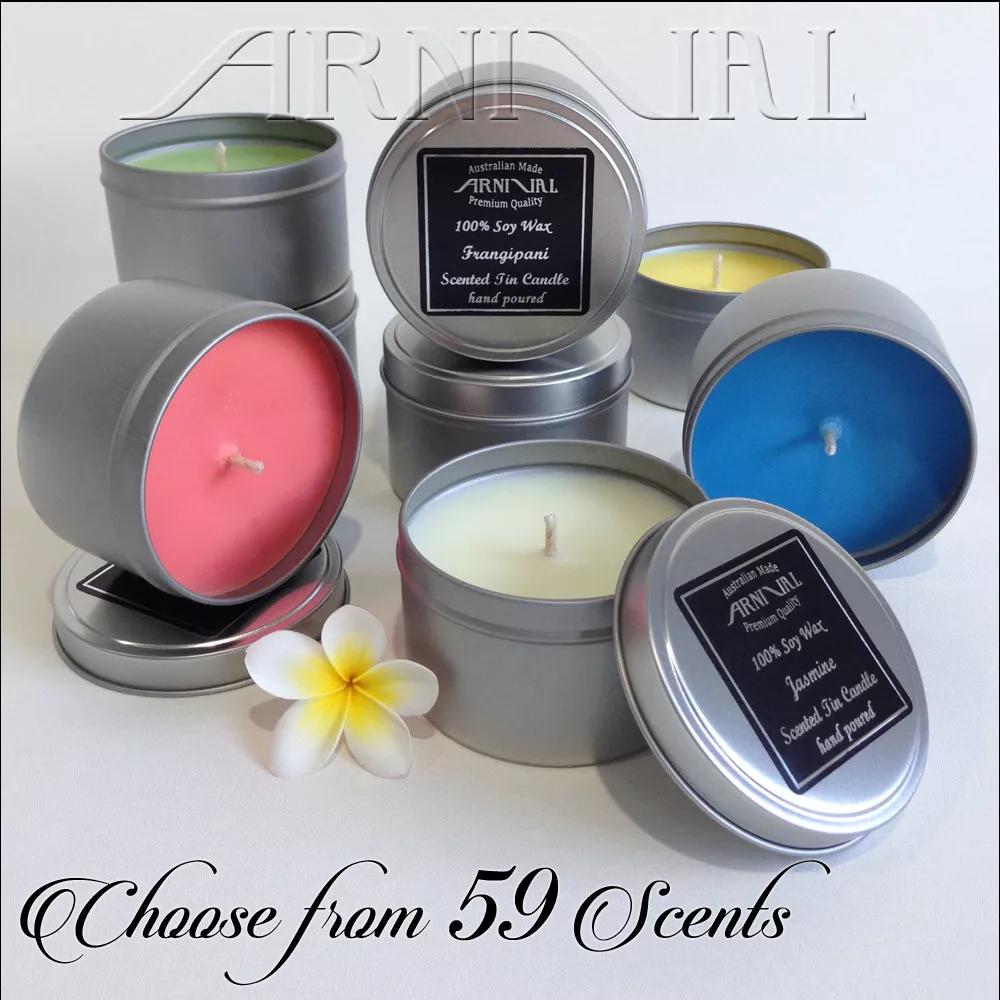Brighten Your Setting with Crystal Soy Candles and Home Fragrance
Wiki Article
From Wick to Wax: Understanding the Chemistry Behind Soy Wax Candles and Their Ecological Effect
As we brighten our spaces with the warm radiance of candles, there lies a world of complex chemistry behind the seemingly straightforward act of lighting a soy wax candle light. Join us as we unwind the clinical complexities behind soy wax candles and explore their implications on our atmosphere.Soy Wax Vs. Paraffin Wax
When comparing soy wax and paraffin wax for candle light making, it is vital to understand the distinct qualities and advantages of each product. Soy wax is a natural, sustainable source stemmed from soybean oil, making it eco-friendly and green - candles. On the other hand, paraffin wax is a byproduct of petroleum refining, which raises concerns concerning its ecological effect and sustainabilitySoy wax candles burn cleaner and emit less residue contrasted to paraffin wax candle lights, making them a much healthier option for indoor air quality. Additionally, soy wax has a lower melting factor, permitting a longer-lasting candle that spreads scent more efficiently. Paraffin wax, on the various other hand, often tends to shed faster and less easily, possibly releasing damaging chemicals into the air.
From a sustainability perspective, soy wax is preferred for its biodegradability and sustainable sourcing, aligning with the expanding customer preference for environmentally conscious items. While paraffin wax has actually been a traditional choice in candle light making due to its cost and simplicity of use, the change in the direction of environmentally friendly choices like soy wax is gaining momentum in the sector.
Chemical Structure of Soy Wax

Burning Refine in Soy Candles
The chemical make-up of soy wax directly affects the burning process in soy candles, influencing variables such as melt time, scent release, and environmental influence. When a soy candle light is lit, the warm from the flame thaws the wax near the wick. This fluid wax is then prepared the wick as a result of capillary activity. As the fluid wax gets to the flame, it goes through and vaporizes combustion. The burning procedure involves the vaporized hydrocarbons in the wax reacting with oxygen in the air to produce warmth, light, water vapor, and co2.
The combustion effectiveness of soy candles is affected by the pureness of the soy wax and the top quality of the wick. A clean-burning soy candle light with an effectively sized wick will certainly lessen and produce a consistent fire soot formation. This not just extends the shed time of the candle light yet also boosts the release of scents. Furthermore, soy wax candles have a reduced ecological impact contrasted to paraffin candle lights due to their biodegradable and sustainable nature.

Environmental Benefits of Soy Wax

Considered a sustainable choice to typical paraffin wax, soy wax supplies noteworthy ecological advantages that make it a preferred option amongst eco-conscious customers. Soy wax burns cleaner and generates much less soot than paraffin wax, contributing to much better interior air high quality and reducing the need for cleaning and maintenance. Generally, the ecological advantages of soy wax line up with the expanding need for green and sustainable products in the market.
Recycling and Disposal Considerations
Recycling and correct disposal of soy wax candle lights play an essential function in maintaining ecological sustainability and reducing waste in households and areas. When it comes to reusing soy wax candle lights, the very first step is to guarantee that the candle light has actually shed totally.
home fragrance In regards to disposal, if recycling is not an option, soy wax candle lights are naturally degradable and can be safely gotten rid of in most household waste systems. However, it is constantly suggested to talk to neighborhood reusing facilities or waste management solutions for certain guidelines on candle light disposal to make certain appropriate handling and environmental defense.
Final Thought
In conclusion, the chemistry behind soy wax candle lights exposes their environmental benefits over paraffin wax candle lights. Soy wax, stemmed from soybean oil, burns cleaner and creates less soot when contrasted to paraffin wax. The combustion procedure in soy candle lights is much more efficient, bring about a longer and extra also shed. Additionally, soy wax is naturally degradable and eco-friendly, making it a more sustainable choice for candle manufacturing. Reusing and proper disposal of soy wax candles even more add to their environmental impact.When comparing soy wax and paraffin wax for candle light production, it is necessary to comprehend the distinct features and advantages of each material (candles).Soy wax candles burn cleaner and produce much less soot contrasted to paraffin wax candles, making them a healthier option for indoor air quality.Considered a lasting alternative to conventional paraffin wax, soy wax offers remarkable environmental benefits that make it a popular choice among eco-conscious consumers. Soy wax burns cleaner and produces less soot than paraffin wax, contributing to much better interior air quality and decreasing the requirement for cleaning and maintenance.In final thought, the chemistry behind soy wax candle lights exposes their ecological benefits over paraffin wax candles
Report this wiki page